Journal of the plague year
Hard-hit producers and performers have had to reinvent themselves, but it’s not all bad news.
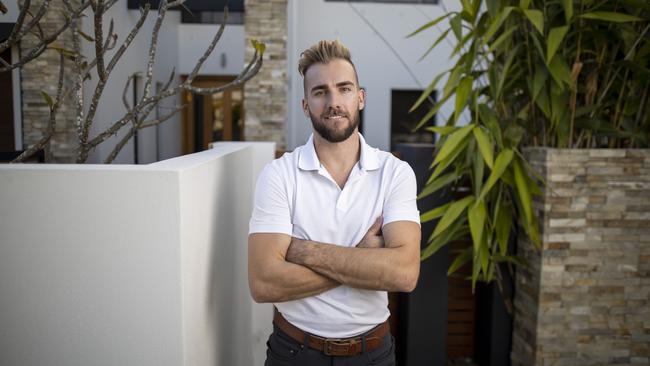
Not so long ago, Fletcher Donohue was flying high, using his body weight and skill as a trampoline artist in Cirque du Soleil’s big-top show Kurios. He was part of the team of superb young athletes in an act called the Acronet, sending each other shooting 10m above the seated audience. “It’s phenomenal — we are all trampoline athletes, we all have the ability to both jump and to fly,” says Donohue, 25. “I spent most of my week with those gentlemen and the rest of the team.”
Coronavirus brought these magnificent flying men back to earth with a thud. When the lockdown came, Cirque du Soleil cancelled the rest of the Melbourne run of Kurios, and the Adelaide and Perth seasons that were to follow. In June, Cirque HQ in Montreal announced it was standing down its performers and crews. For Donohue, by now at home on the Gold Coast in Queensland, the outlook was bleak. No job, no severance pay, no safety net.
Across the country, the story repeated itself, different only in the details. On Friday, March 13, sound engineer Wil Burston, 45, was doing a sound check for the Brunswick Music Festival in Melbourne’s inner north. He has worked on international rock tours and event production for 30 years and thought himself recession-proof. On that day and those that followed, jobs he’d lined up through to 2022 were cancelled one after another. “The way it shut down, and the severity of it — it was obvious that this wasn’t coming back in months, it would be years,” Burston says.
Freelance artists and contractors were especially vulnerable because their livelihood depends on them being able to put on a show. Actress Amber McMahon was working two jobs simultaneously: the Sydney season of Dance Nation at Belvoir had just opened and she was rehearsing another show at the Ensemble across the harbour. Both companies paid four weeks’ wages when the shows were cancelled but that’s when the money stopped. “Theatre is hand to mouth — you sort of have to make ends meet,” she says. “I did pretty well at the beginning of the year, I’ve got some money in the bank. But we can’t access JobKeeper, there’s been no financial assistance for us because of the contract nature of our work.”
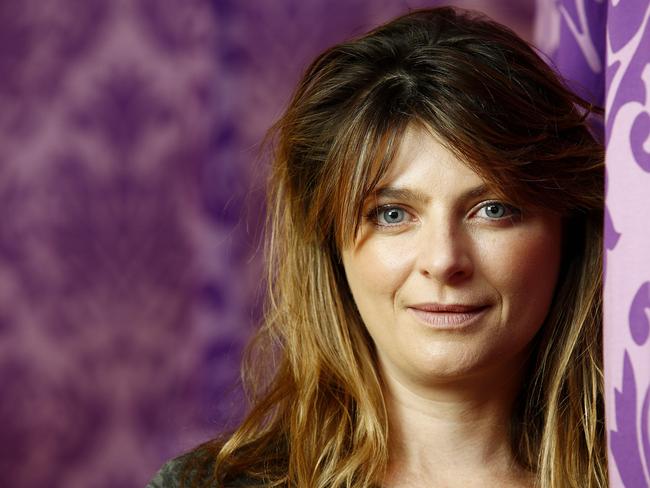
Burston thought he’d get out of town and go fruit picking, or pack boxes, or do anything to make some money, before the second lockdown kept Melburnians at home. Pianist Erica Dalton, 73, who has tickled the ivories for shoppers at David Jones’ flagship Sydney store for 30 years, chose the moment to retire. Actor and theatre producer Jack Dodds, 23, had been at the Adelaide Fringe with his musical send-up about media and dubious celebrity, Schapelle, Schapelle. When he lost his job waiting tables in Sydney, he moved back to his parents’ sheep and cattle property at Cumnock, NSW, and earned his board by fixing fences and mulesing sheep. Nicole Car, 34, a soprano who lives in Paris with her baritone husband Etienne Dupuis and their son, started to contemplate an alternative career. Preschool teacher? Interior designer? “You can’t survive much longer than 12 months on savings, or even that,” she says. “But it’s a mental thing as well — how do you keep going if you aren’t able to work? What would I be qualified to do if this career just isn’t viable any more?”
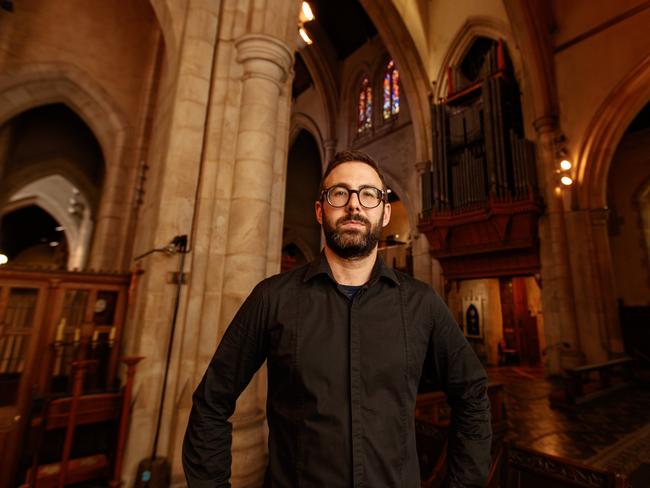
The sound of theatre and gallery doors slamming shut was like a death rattle that echoed across the country. Arts companies and independent producers started winding back exhibitions, tours and productions long in the planning. Producer Liza McLean, 48, began “un-producing” a 12-city national tour of the musical Everybody’s Talking About Jamie that was due to start at the Sydney Opera House in July. She estimates losses of $500,000.
In Adelaide, Josh van Konkelenberg, 37, artistic director of small opera company Co-Opera, went through something like grief when he had to cancel a regional tour of Tosca.
In Newcastle, Rosemarie Milsom, 49, was winding down after a stressful summer when she reported on the bushfires for the ABC. Coronavirus was barely on her radar as she prepared to launch this year’s edition of the Newcastle Writers Festival, which she’d founded in 2013. Then a publisher called to say that her opening night guest, Archie Roach, wouldn’t be coming. More writers cancelled. “It’s like pulling a loose thread, and it all starts coming undone,” she says.
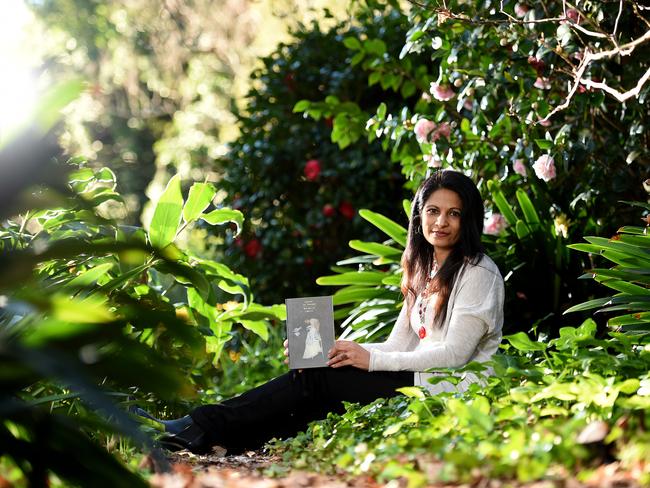
Some artists welcomed the lockdown and the solitude that came with it. Michelle Cahill, 56, is a poet and GP in Sydney’s northern suburbs. At the start of the pandemic, demand for appointments at doctors’ surgeries fell dramatically because people headed straight to COVID-19 testing centres. She took the opportunity to travel to Kangaroo Island and stay in a stone cottage at Vivonne Bay where she could write poetry and observe the bird life and sand dunes. “I felt like a bit of a fugitive,” she says. “I just had this feeling that I needed to be in nature, and to do my work.”
In Melbourne, artist and curator Kent Morris, 56, used the evenings for his hour of permitted outdoor recreation, enjoying walks with his partner through Elwood and along the canal. On their walks they befriended a nankeen night heron, watching it dive for fish and patrol its territory. There was no traffic and the streets were unusually quiet. Morris, who has Barkindji heritage, saw the heron as an emblem of Indigenous “deep time knowledge”, a cosmos in which all of nature is interconnected. During the pandemic he made an electronic billboard artwork that was shown above a usually busy thoroughfare in St Kilda, composed of an abstracted photographic image and the legend “Never alone”.
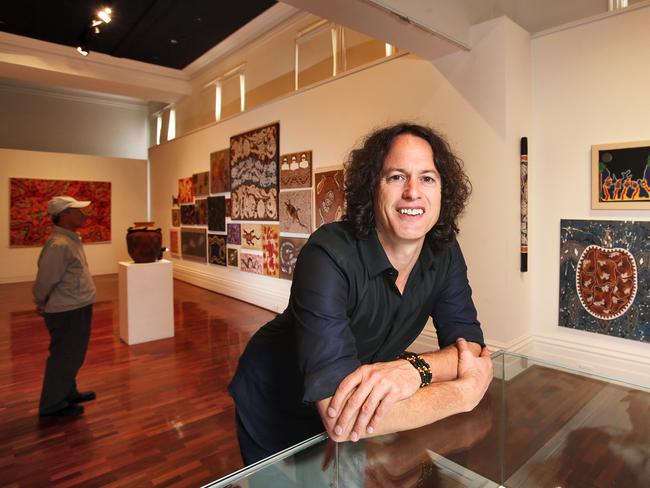
Morris runs The Torch, an organisation that offers art workshops for Indigenous people who have been through Victoria’s prison system. When the lockdown prevented The Torch’s indigenous arts officers from visiting post-release men and women, Morris switched to “wellness walks”, connecting people to a friendly voice on the phone. “For men and women coming out of the prison system there’s often a sense of increased isolation and vulnerability,” he says. “It’s about having a walk and having a yarn.”
Video at once became an enabler, a riposte to the pandemic of isolation. Car appeared in an online gala for the Metropolitan Opera — and gave a performance for Review’s Isolation Room series — from her apartment in Paris. McLean, seeing an opportunity for creative collaboration in the downtime, organised weekly paid sessions for 12 artists in which they workshopped new ideas for future performances.
For others, video was a mixed blessing. Brisbane theatre director Sue Rider tried directing a play, via Zoom, with actor Helen Moulder in Nelson, New Zealand. The poor approximation of theatrical space on a laptop screen brought her to tears of frustration. Even a digital native, Sydney artist Kalanjay Dhir, 20, quickly tired of having everything reduced to two-dimensional, screen-size images. He helps run Pari, an artist-run initiative in Parramatta, and found that the Zoom party line was no substitute for the social occasion of opening a show.
“I’m sick of the saturation of the online space,” he says. “All of a sudden your artwork is competing with everything — music videos, TikTok, social media. I found that very frustrating because, as much as I love the online world, it’s not what I consider the art world.”
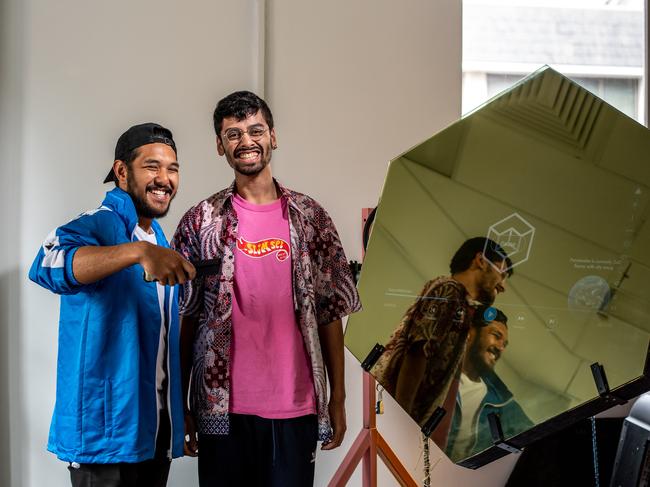
The pandemic exposed a divide in parts of Australia where there is limited access to digital devices and where people may already be isolated or vulnerable. Aimee Kepa, 34, is a creative producer for community arts organisation Big hART and works with Aboriginal children in Roebourne, Western Australia. The threat of community transmission appeared to pass quickly there, given the state’s strict border closures. Kepa switched to offering art activities on tablet devices, but often the children couldn’t be reached. “That stark digital divide was such a barrier,” she says. “People have phones, but their numbers change all the time, there aren’t many digital devices and internet connection is really inconsistent. We were dropping off sanitised iPads to young people so we could do virtual workshops.”
Burston, the sound engineer, says he has been around the “dark side of the moon” during the lockdown, and is angry about the Andrews government’s handling of the pandemic that caused a second outbreak. “The whole city is congregating in supermarkets, with no contact tracing whatsoever, and yet the whole events industry is shut down,” he says. “It’s infuriating to watch.”
Melbourne musician Phoebe Kinrade, 20, was without work and, during the lockdown, unable to connect with friends in the music community. The music venue in Footscray where she works, the Night Heron, was closed, and her internship with Courtney Barnett’s Milk Records was put on hold. She says the music industry is built on personal connections — she has been part of youth music projects Girls Rock Melbourne and The Push — and not having those support structures left her isolated and vulnerable. “During the middle of the year I had a short admission to hospital — I think my mental health took a bit of a spin, not being able to see my friends and stuff,” she says. “The thing I love about music is playing in a group, playing with my band. I miss the support we get from each other, and the positive stuff of the music scene.”
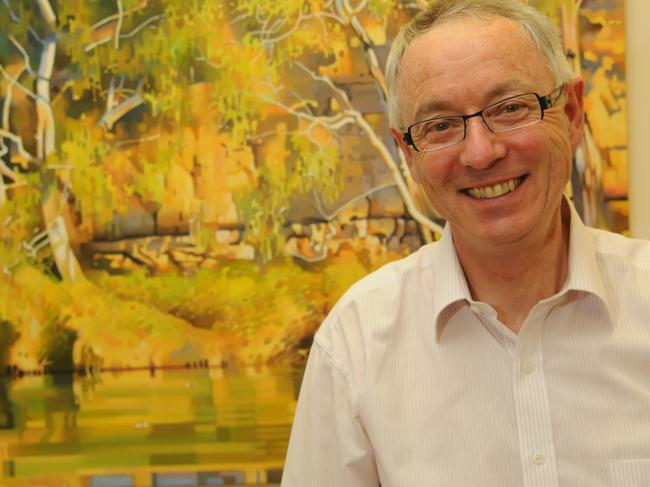
Graham Williams, 75, is a former concert pianist, an ordained Tibetan lama, and founder of the Lifeflow Meditation Centre in Adelaide. He has noticed that people have suffered through the lockdown because, in general, they are not taught in any systematic way how to manage their emotions, especially in times of hardship. Williams studied meditation with Canadian teacher Namgyal Rinpoche, and studied music with French composer Oliver Messiaen and his pianist wife, Yvonne Loriod. He says the often lifelong relationship between teacher and student is the same in music as it is in meditation.
“The discipline of meditation is staying still, so you can’t escape your emotions,” Williams says. “For some people, that’s awful, and they have been forced into this dreadful situation where they can’t go to work, they have to stay at home. We don’t have any training in that; people have no idea what to do. What’s happened with our students is that they have been able to keep their meditation going and they just haven’t been affected as much. It has held them steady.”
When he wasn’t mulesing sheep and fixing fences, Dodds started playing rugby and made new friends who, surprisingly for him, didn’t question or ridicule his interest in musical theatre but are curious about it. “A lot of them work for Macquarie Bank, or CBA, a lot of them are in finance,” he says. “They’re worried for me, they want to help out because they know there’s no arts work. They have a lot of compassion about the loss of work, loss of jobs.”
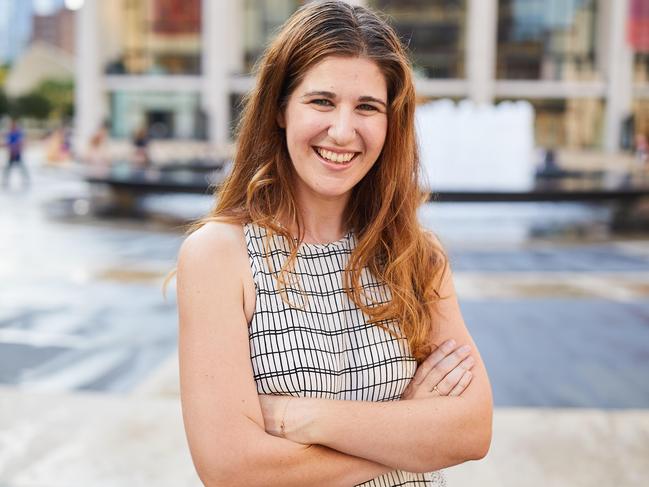
McLean’s creative Zoom sessions with “the Twelve” has produced a nonfiction theatrical podcast called In All Honesty. McMahon, who is one of the group, has returned to the stage and appeared in Sydney Theatre Company’s recent production of Rules for Living.
From her apartment in Paris, Car launched a benevolent fund, Freelance Artist Relief Australia, that has distributed more than $350,000 to artists struggling from lack of paid work. With flautist Sally Walker in Australia, she organised a season of concerts called 1:1, where solo musicians perform for an audience of one.
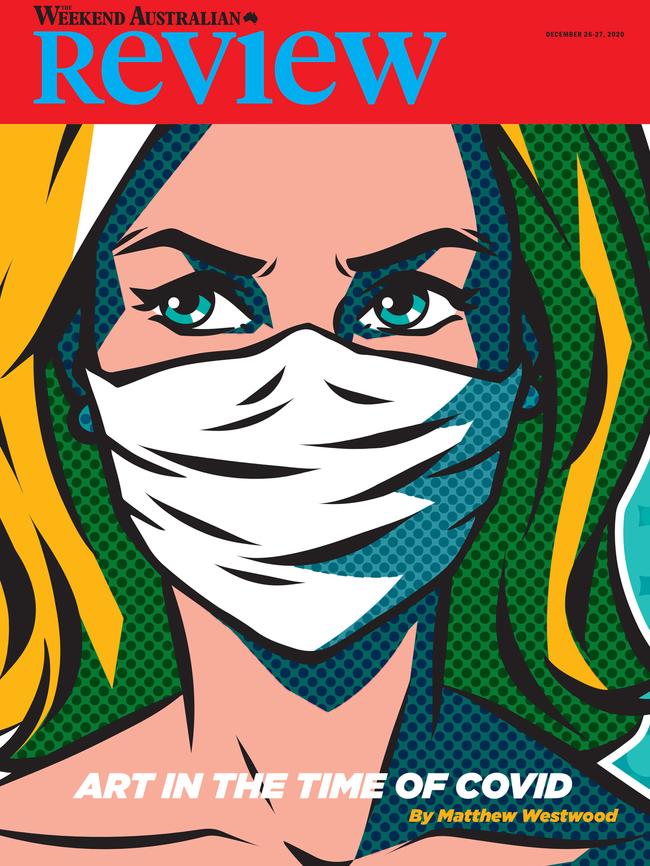
Morris’s organisation The Torch has produced an online exhibition of art from the pandemic, made by 122 participants in 14 of Victoria’s correctional facilities. This year, despite the lockdown, exhibitions of art by prisoners and post-release men and women has raised more than $670,000.
Donohue, the trampolinist with Cirque du Soleil, found a new gig as a stuntman on Baz Luhrmann’s new movie about Elvis Presley, filming at the Gold Coast. He has since joined the creative team as an assistant director.
“If any industry is able to mitigate risk and create its own little bubble, it’s definitely the film industry,” he says. “We all wear masks every hour of the day we’re at work, there’s all sorts of social distancing.
“I have a full-time job that I’m happy with, and I’m going to keep riding the wave.”

To join the conversation, please log in. Don't have an account? Register
Join the conversation, you are commenting as Logout